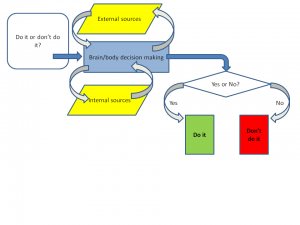[This is an abridged version of a post at UD: A Designed Objects Entropy Must Increase for Its Design Complexity to Increase, Part 2. I post it under a different title at TSZ, because upon consideration, the new title should be above reproach. What I put forward should happily apply to man-made designs. A student recently wanted to challenge his professors regarding the 2nd law and evolution, and I pointed him to my essay. If that student is a creationist, at least I feel I did my job and made him understand science better than he would from most creationist literature. Hence, the rather torturous discussions at TSZ and UD had benefit in furthering this student’s understanding of science. If he is going to reject Darwinism, he should reject it for good reasons, not because of the 2nd law.]
In order for a biological system to have more biological complexity, it often requires a substantial increase in thermodynamic entropy, not a reduction of it, contrary to many intuitions among creationists and IDists. This essay is part II of a series that began with Part 1
Continue reading







